It's mid-2025, and the running season is in full swing here in Bengaluru and across the globe! Whether you're chasing a new personal best, tackling your first marathon, or just enjoying a daily jog, hitting the pavement regularly is fantastic for your health. But every runner knows the lurking fear: injury. Statistics show that up to 79% of runners experience an injury each year, making it crucial to understand how to keep your body resilient. This blog dives into the most common running ailments in 2025 and, more importantly, the proactive steps you can take to stay healthy, strong, and out on the roads!

Intro: Running Strong, Running Smart
The surge in running participation shows no signs of slowing down, with global running event registrations increasing by over 15% in the last two years alone. While our passion for the sport grows, so does the importance of injury prevention. In 2025, with more advanced biomechanical analysis and rehabilitation techniques available, there's no excuse not to train smarter.
The "Big Three" Running Injuries of 2025
While many different issues can sideline a runner, these are the most frequently encountered in our clinics and communities:
-
Runner's Knee (Patellofemoral Pain Syndrome - PFPS):
- The Breakdown: This accounts for up to 25% of all running-related injuries. It's characterized by pain around or behind the kneecap, often worsened by running downhill, climbing stairs, or prolonged sitting. It's often caused by weak glutes, tight quads, or imbalances.
- 2025 Insight: Advanced gait analysis tools (many accessible via smartphone apps now!) are helping runners identify subtle biomechanical flaws that contribute to PFPS, allowing for highly targeted strength and mobility work.
-
Shin Splints (Medial Tibial Stress Syndrome - MTSS):
- The Breakdown: Pain along the inner edge of the shinbone, frequently seen in newer runners or those who rapidly increase their mileage. Roughly 10-15% of all running injuries are shin splints.
- 2025 Insight: Emphasis this year is on gradual progression and proper footwear. Also, a strong focus on calf and anterior tibialis strengthening, often using resistance bands, has proven highly effective in reducing recurrence rates.
-
Achilles Tendinopathy:
- The Breakdown: Pain and stiffness in the Achilles tendon, the thick cord connecting your calf muscles to your heel bone. It's a notoriously stubborn injury, often seen in runners over 30 years old or those with tight calves.
- 2025 Insight: Eccentric calf raises (where you focus on the lowering phase) remain the gold standard. However, new research in 2025 highlights the importance of footwear stability and avoiding sudden changes in running surfaces (e.g., from road to trail).
Your Injury Prevention Playbook for 2025
So, how do you keep these pesky injuries at bay? Here's the modern runner's guide:
- Gradual Progression is Non-Negotiable: This is the golden rule. Avoid increasing your weekly mileage by more than 10%. Even elite athletes, like the 2024 Olympic marathon champion who carefully built up their training over 3 years, follow this principle. Pushing too hard, too fast, is the fastest route to injury.
- Strength Train for Stability: Don't just run! Incorporate regular strength training, focusing on your glutes, core, and hip abductors. Exercises like squats, lunges, planks, and clam shells (with resistance bands) can drastically improve your running form and resilience. Aim for 2-3 strength sessions per week.
- Invest in Proper Footwear (and Replace It!): Your running shoes are your most important piece of gear. Get fitted at a specialized running store to ensure they suit your foot type and gait. Remember, running shoes typically last between 500-800 kilometers (300-500 miles) before their cushioning and support degrade significantly. Don't push them past their prime!
- Prioritize Mobility and Flexibility: Dynamic warm-ups (leg swings, walking lunges) before your run and static stretching (holding stretches for 30 seconds) afterward are crucial. Incorporate foam rolling or a massage gun (increasingly popular in 2025) to target tight muscles and improve blood flow.
- Listen to Your Body (Early Detection is Key): Don't ignore niggles! A little discomfort can turn into a serious injury if overlooked. If you feel persistent pain, take a rest day, cross-train, or consult a sports physiotherapist. Catching issues early can save you weeks or even months of recovery.
- Nutrition and Recovery: Fuel your body properly with balanced nutrition and ensure you're getting adequate sleep (7-9 hours for active individuals). Hydration (aim for 2-3 liters of water daily, more on long runs) is also vital for muscle function and recovery.
Run Further, Run Healthier with Instasport!
Running in 2025 is about being smart. By proactively addressing common injury risks and adopting a holistic approach to your training, you can significantly reduce your chances of being sidelined. Remember, consistency in prevention pays dividends in performance.
Ready to gear up for injury-free running? Explore the wide range of running shoes, recovery tools, and fitness accessories available at Instasport! From stability shoes to foam rollers and resistance bands, we have everything you need to support your body and keep you logging those miles safely. Invest in your running health with Instasport!
What's your best injury prevention tip? Share your wisdom with our running community in the comments below!

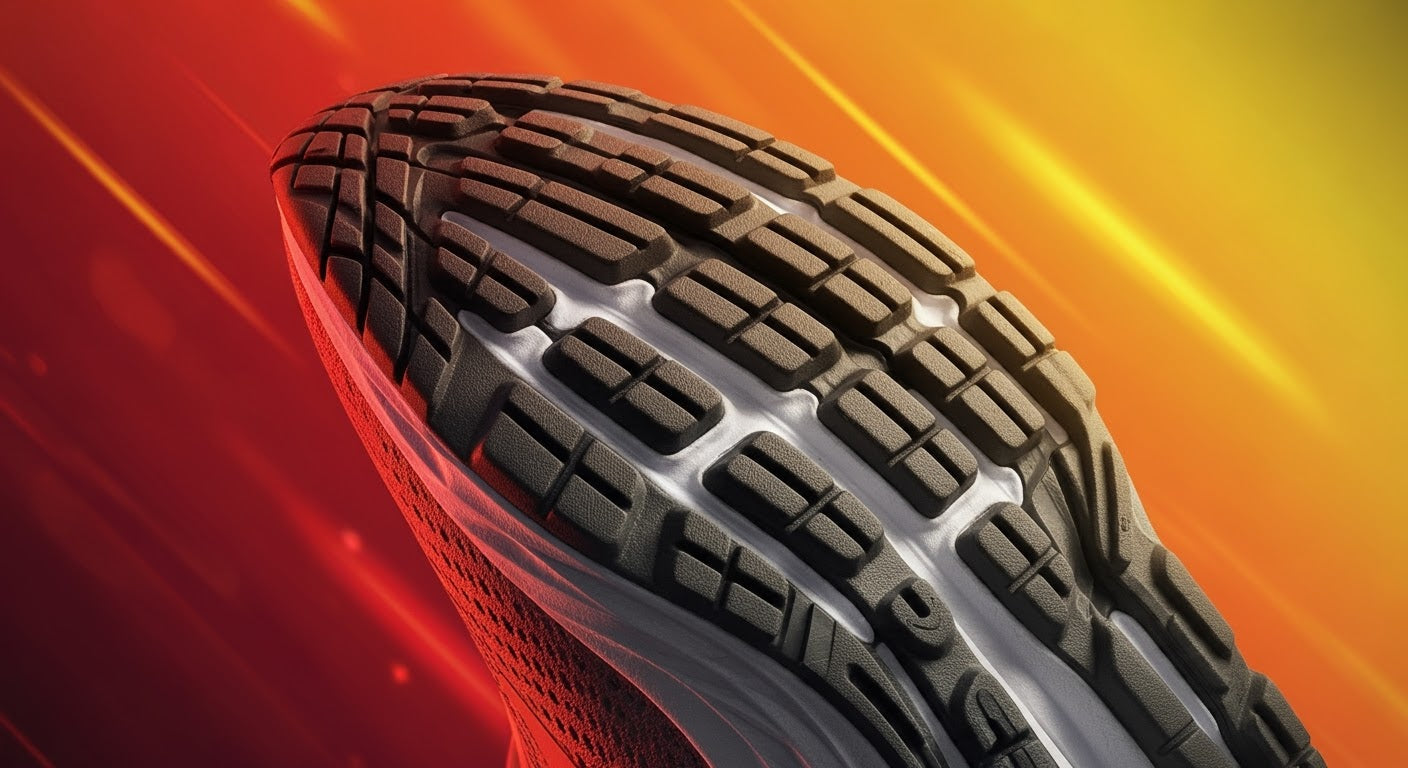
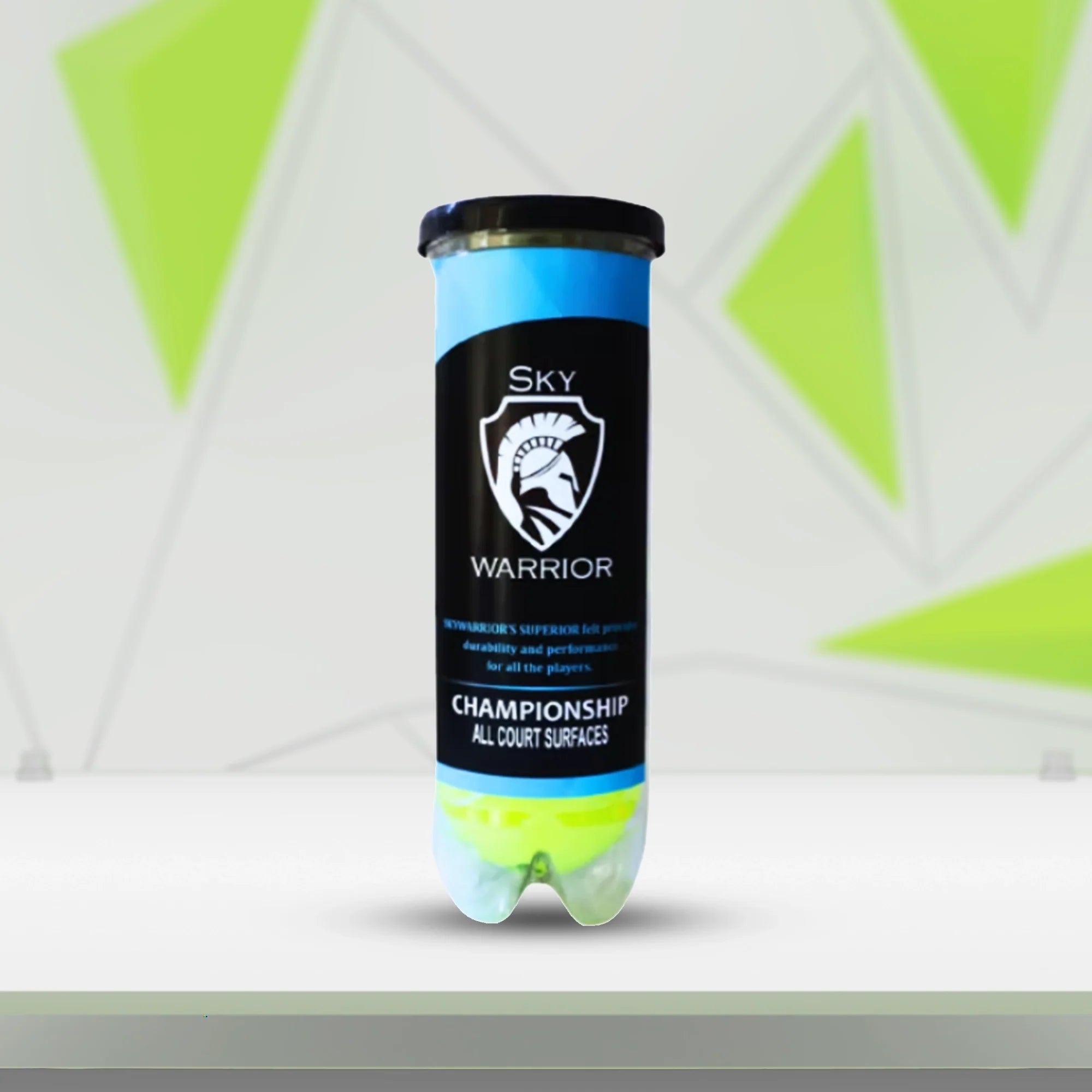

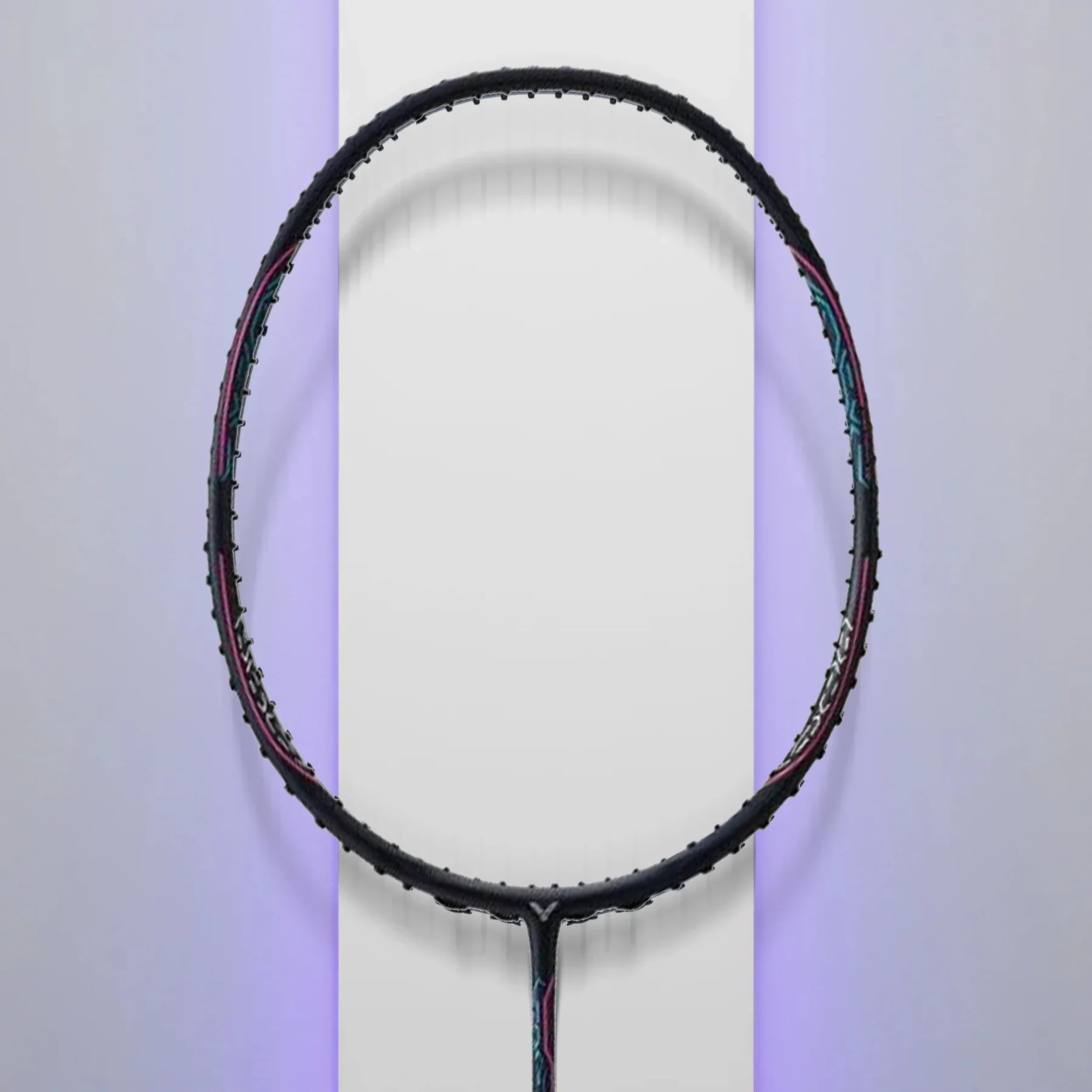









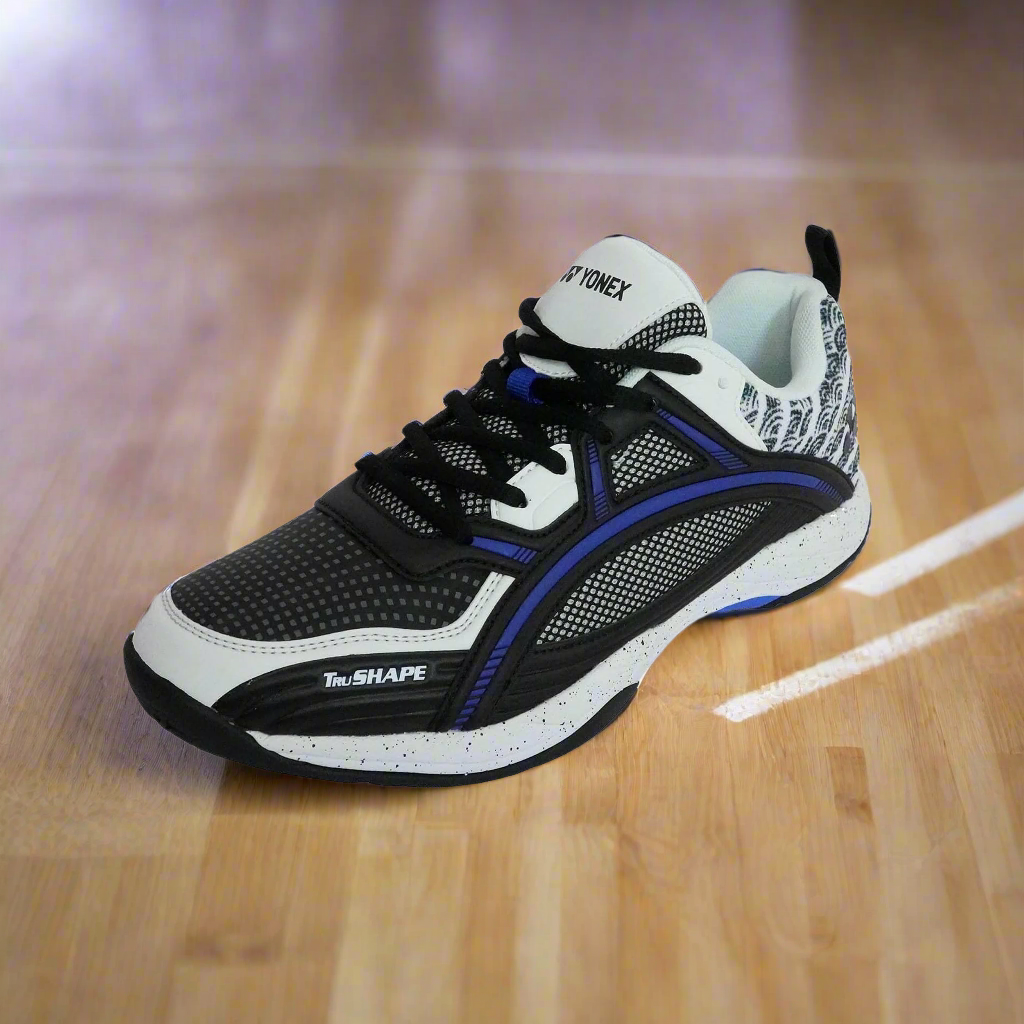
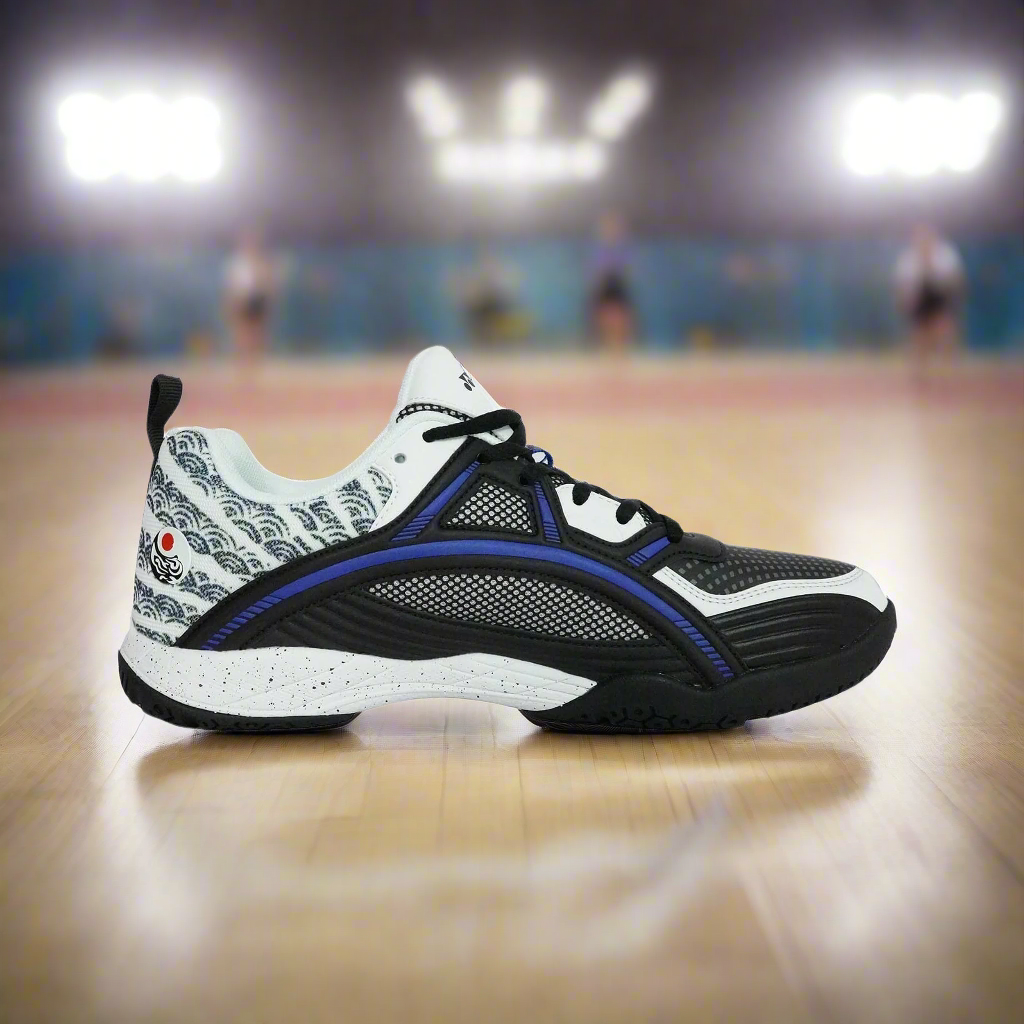
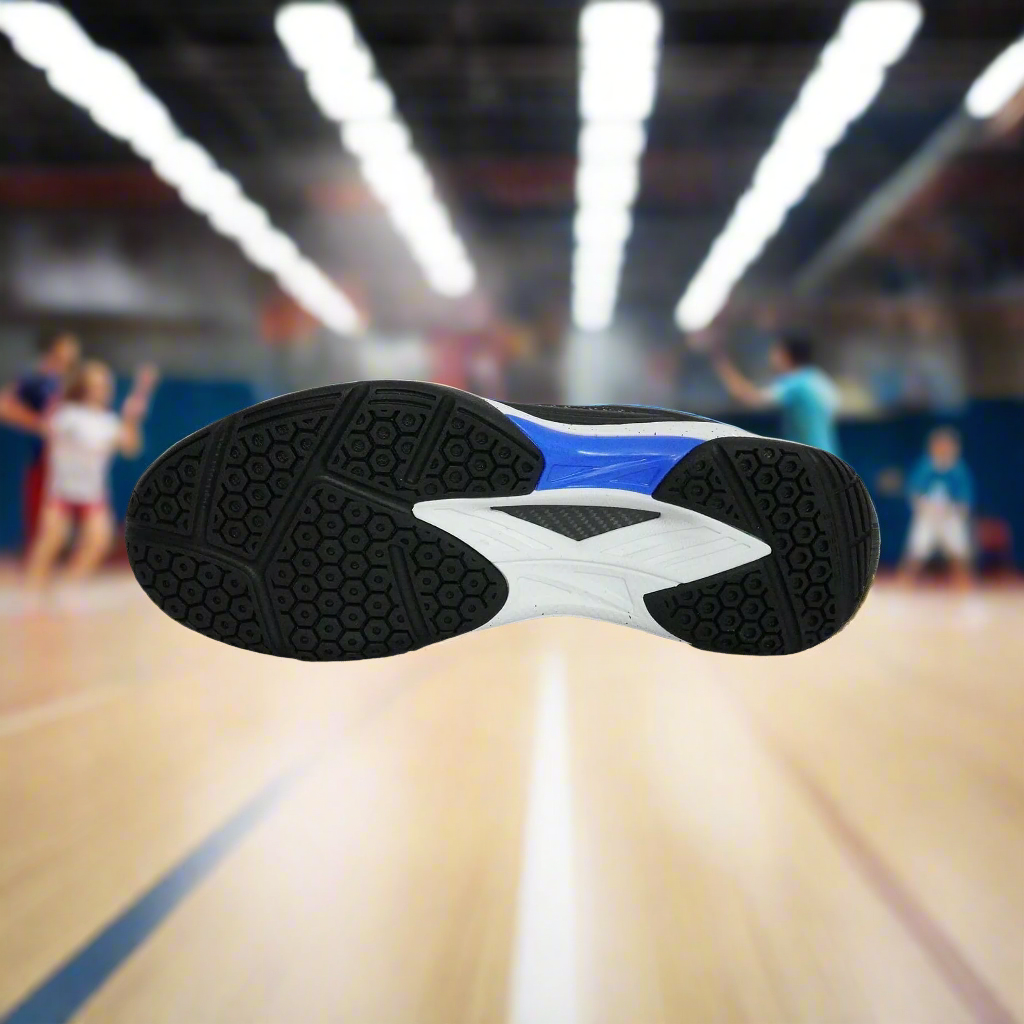









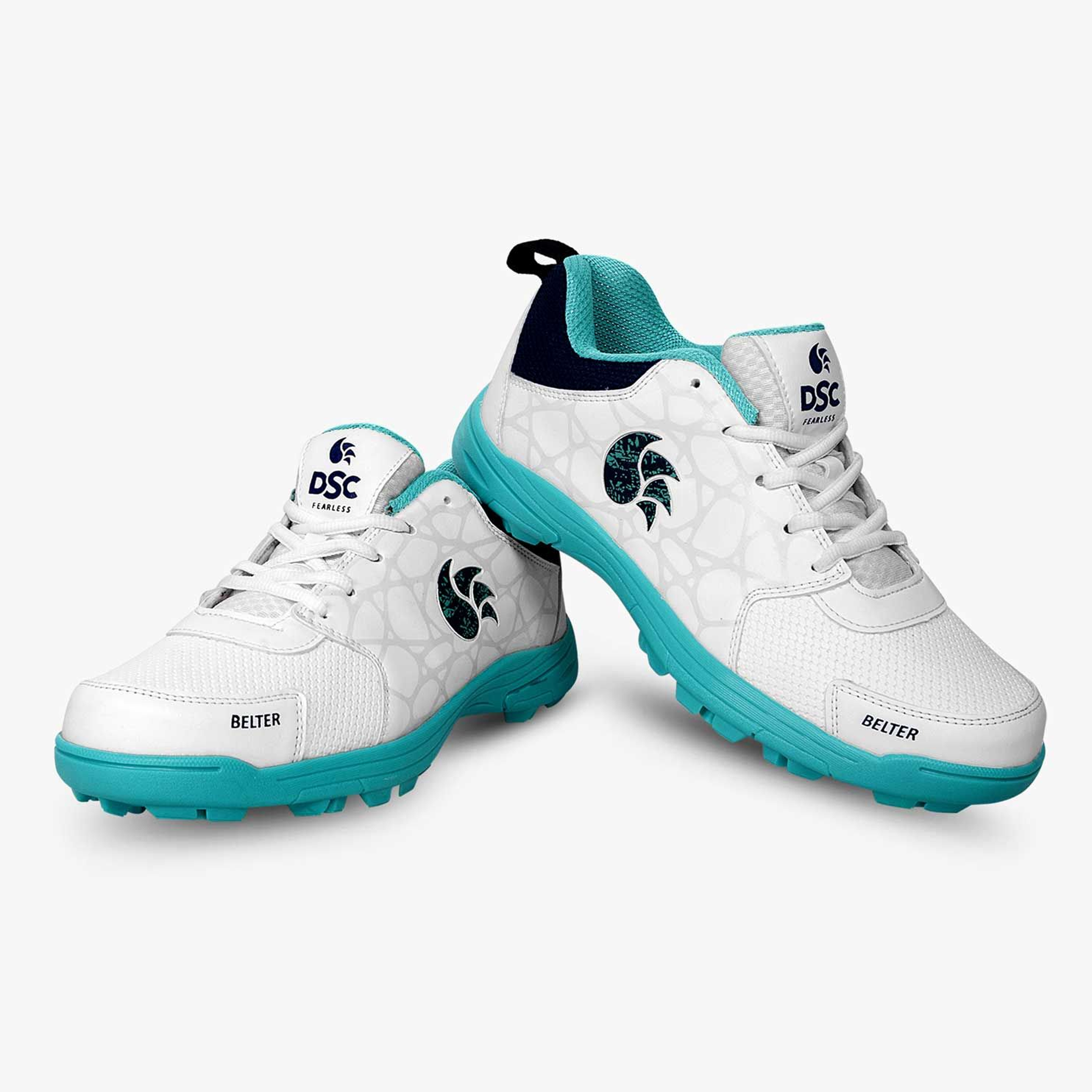
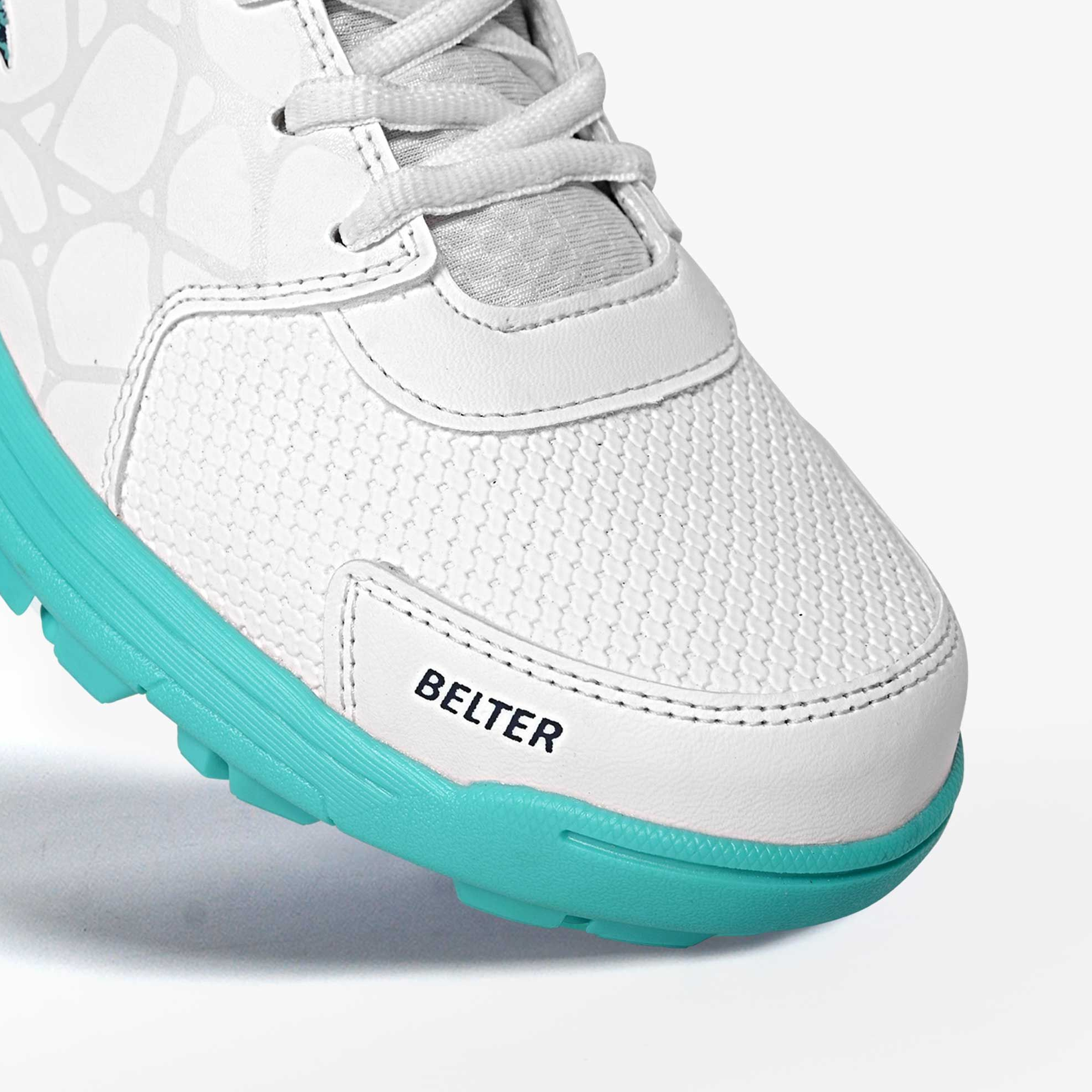
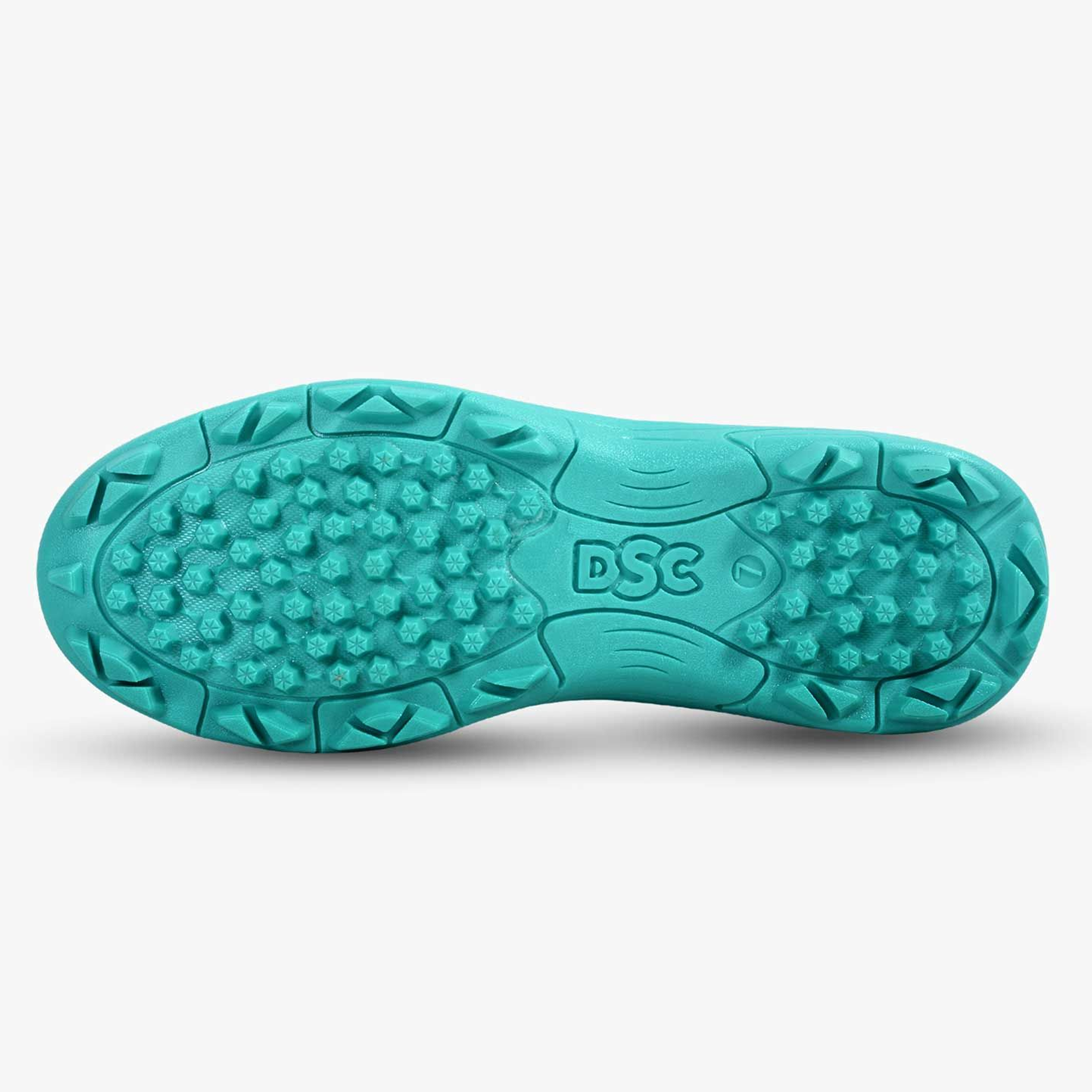
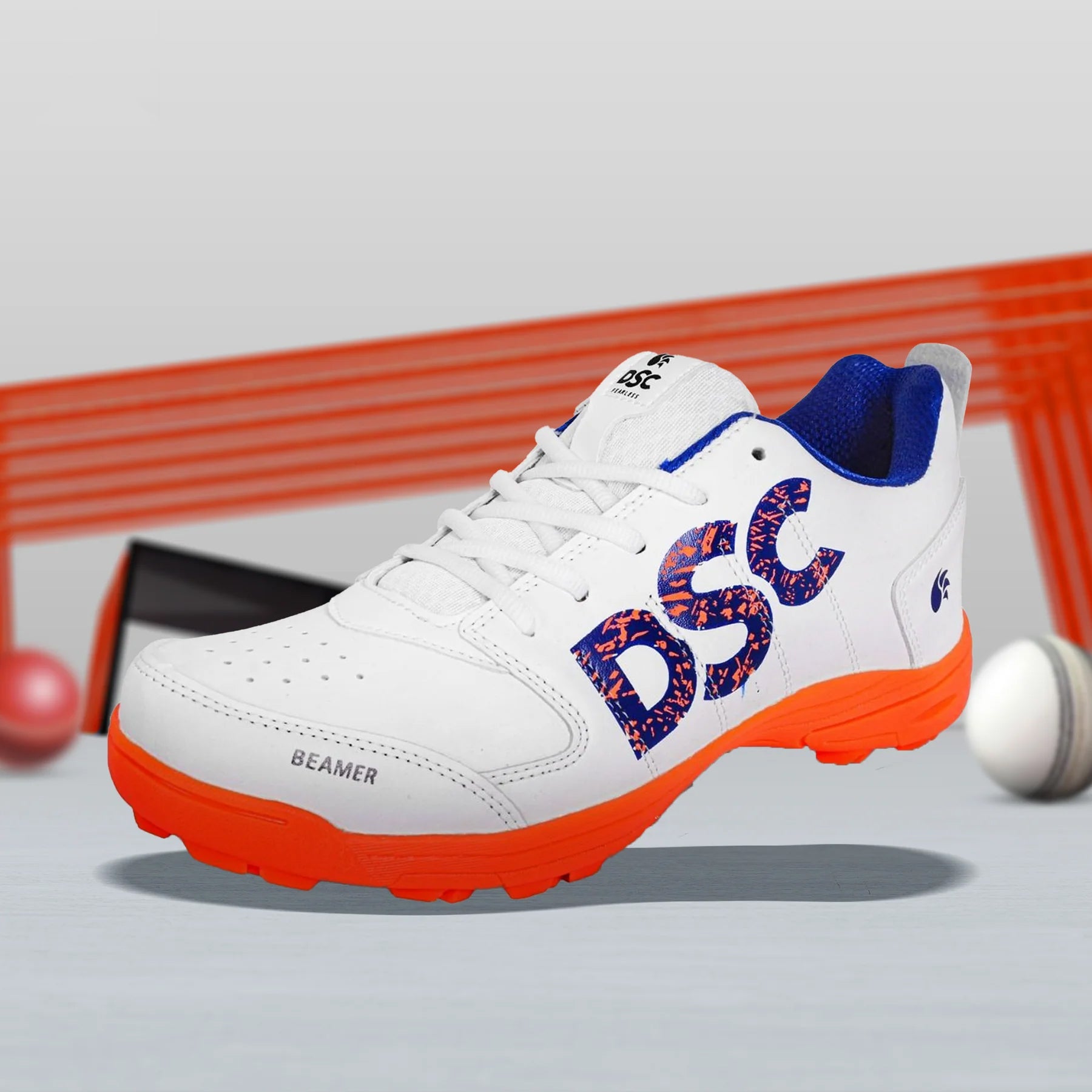
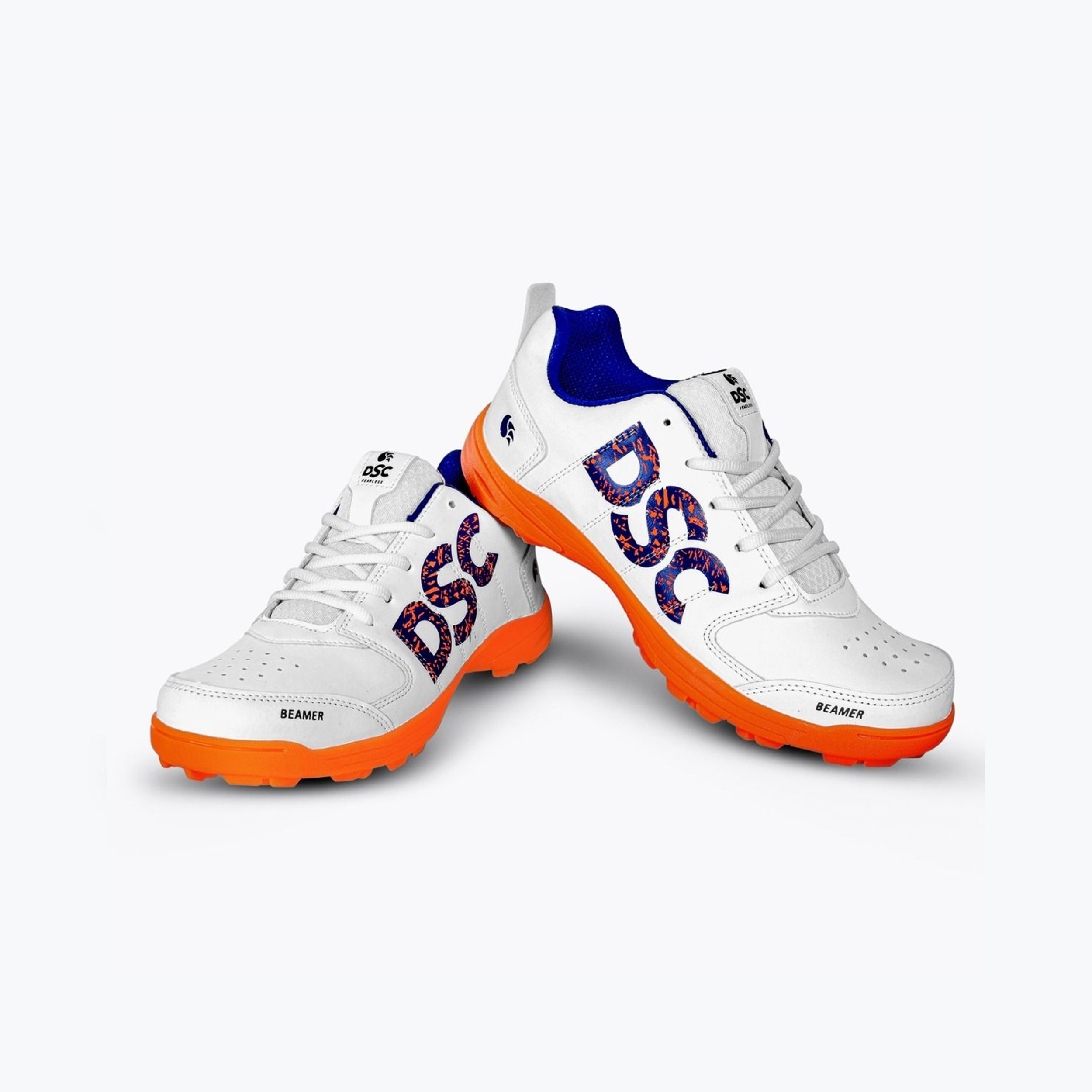
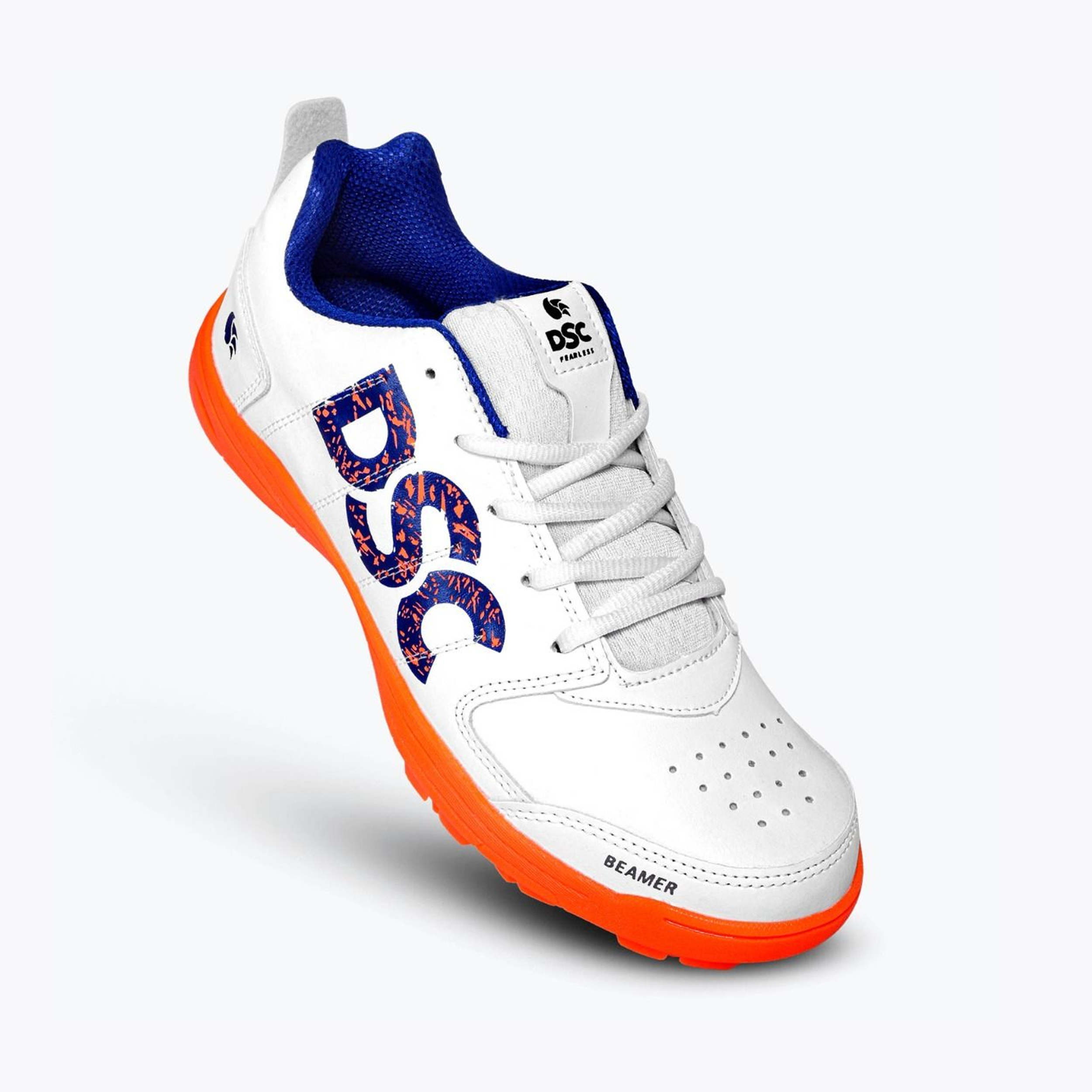
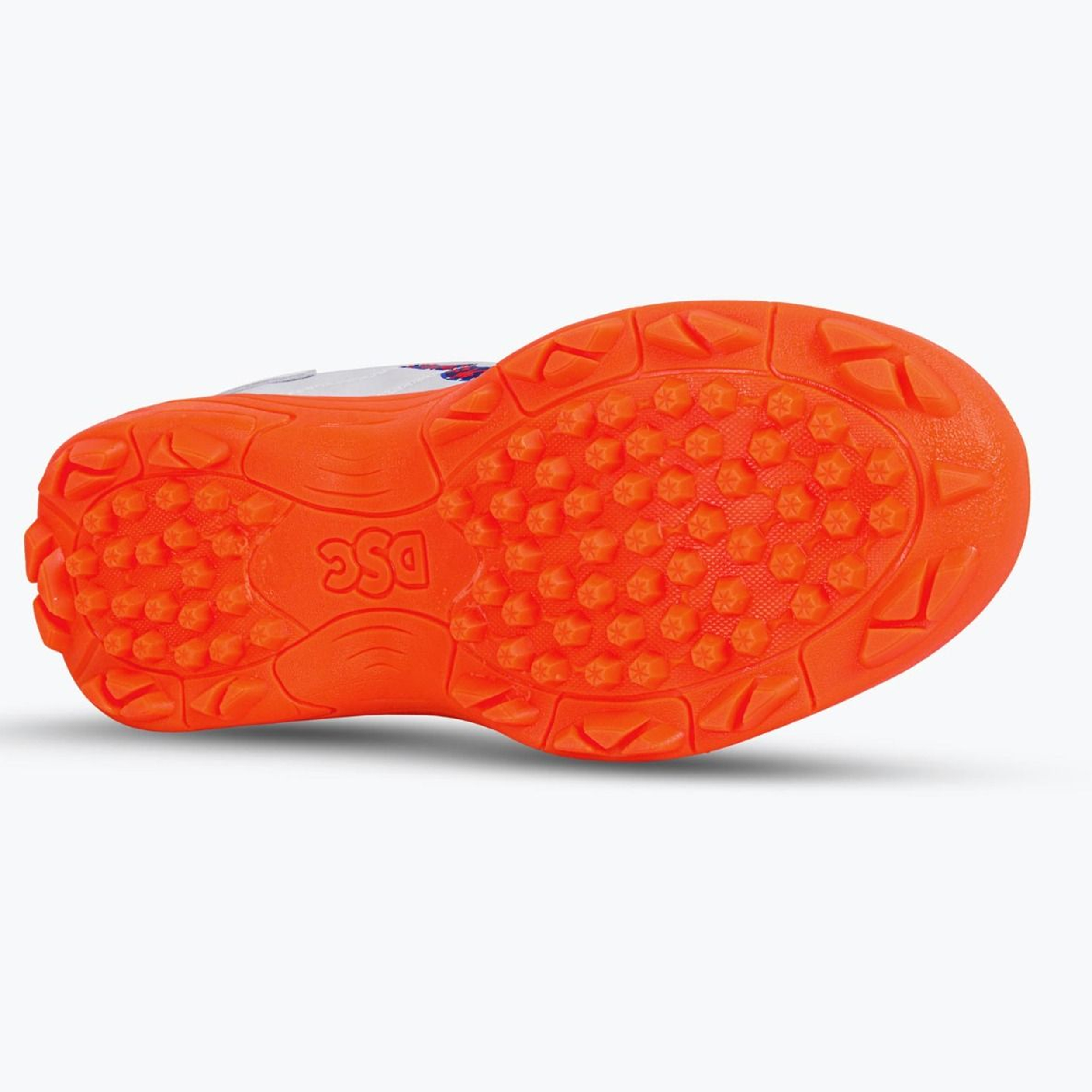

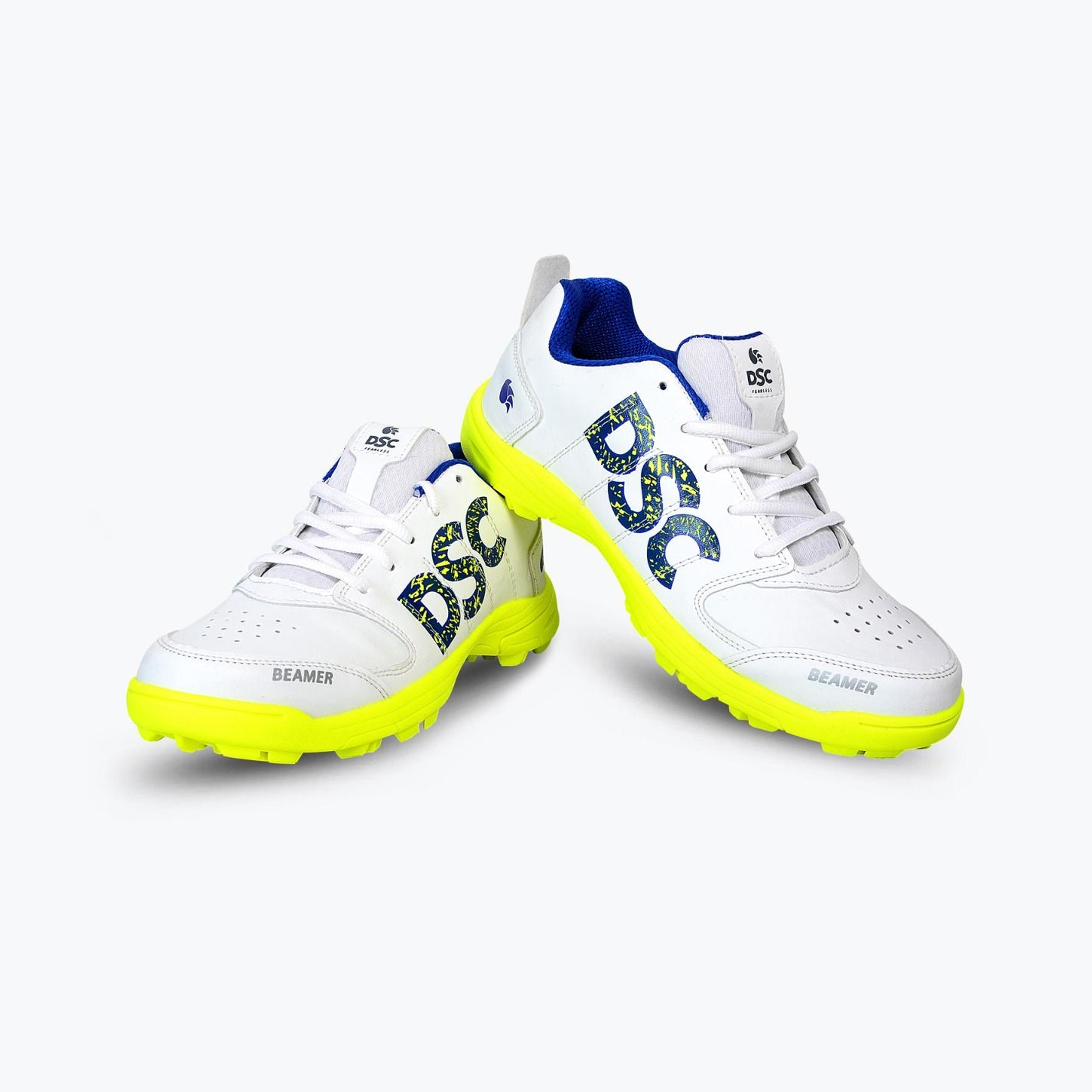
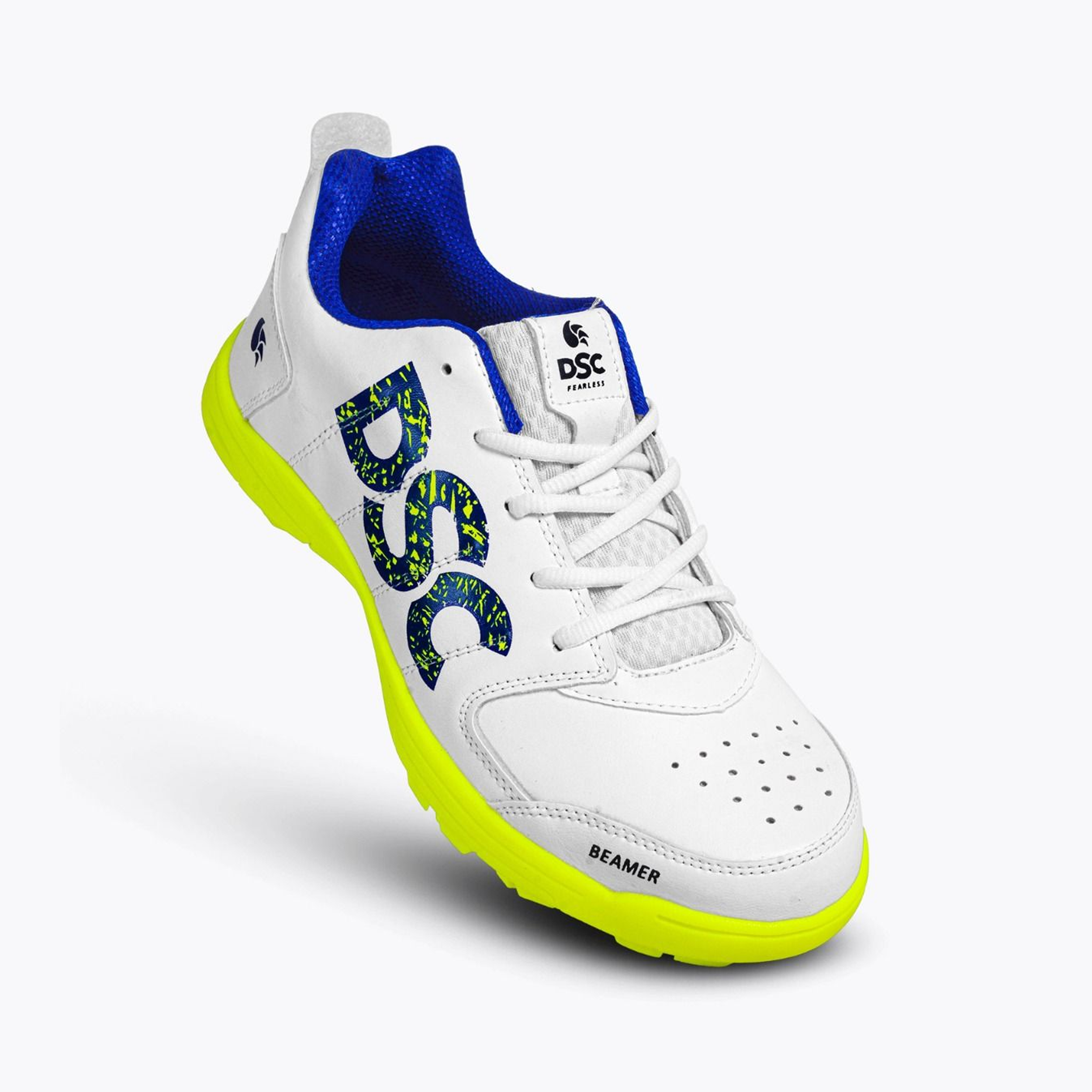


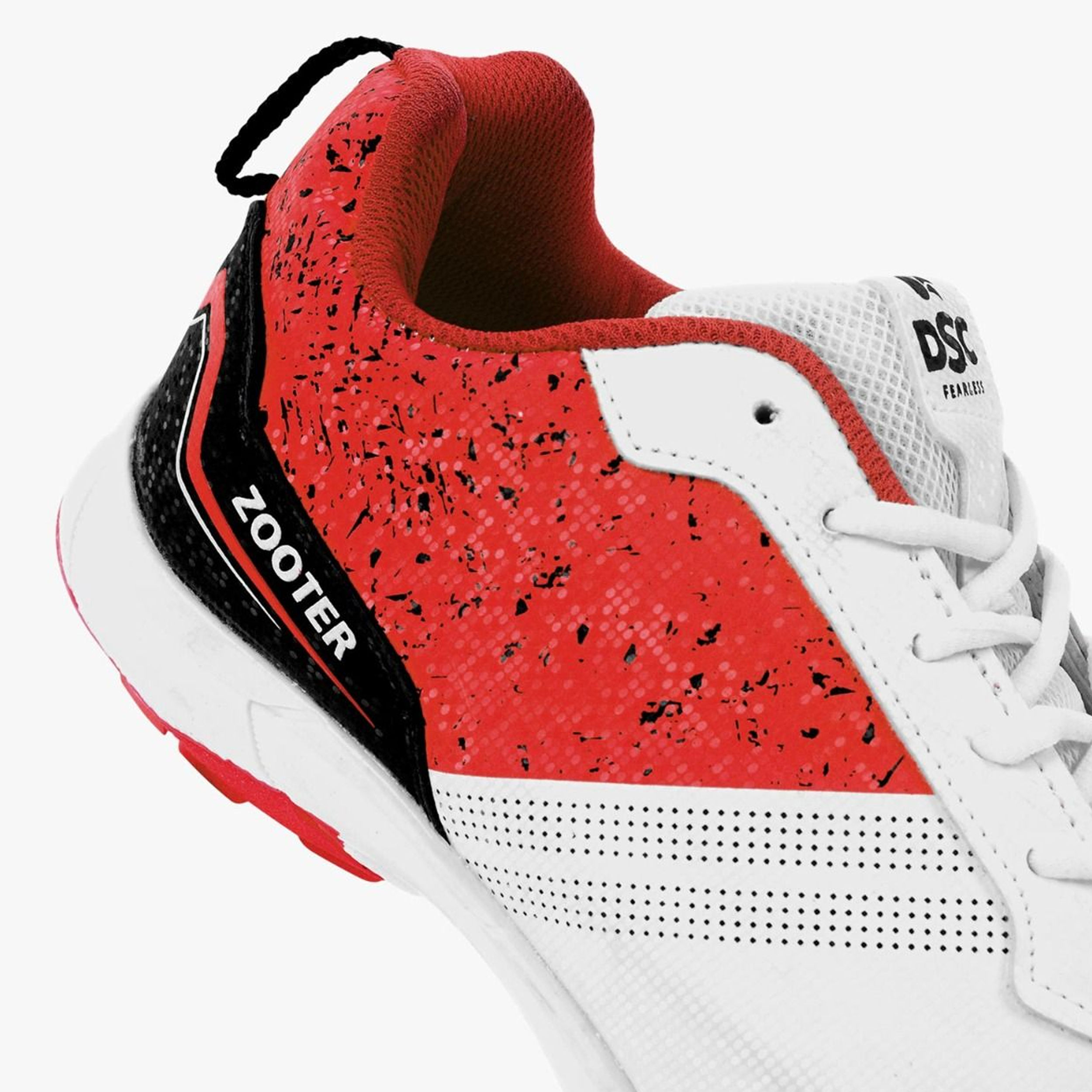
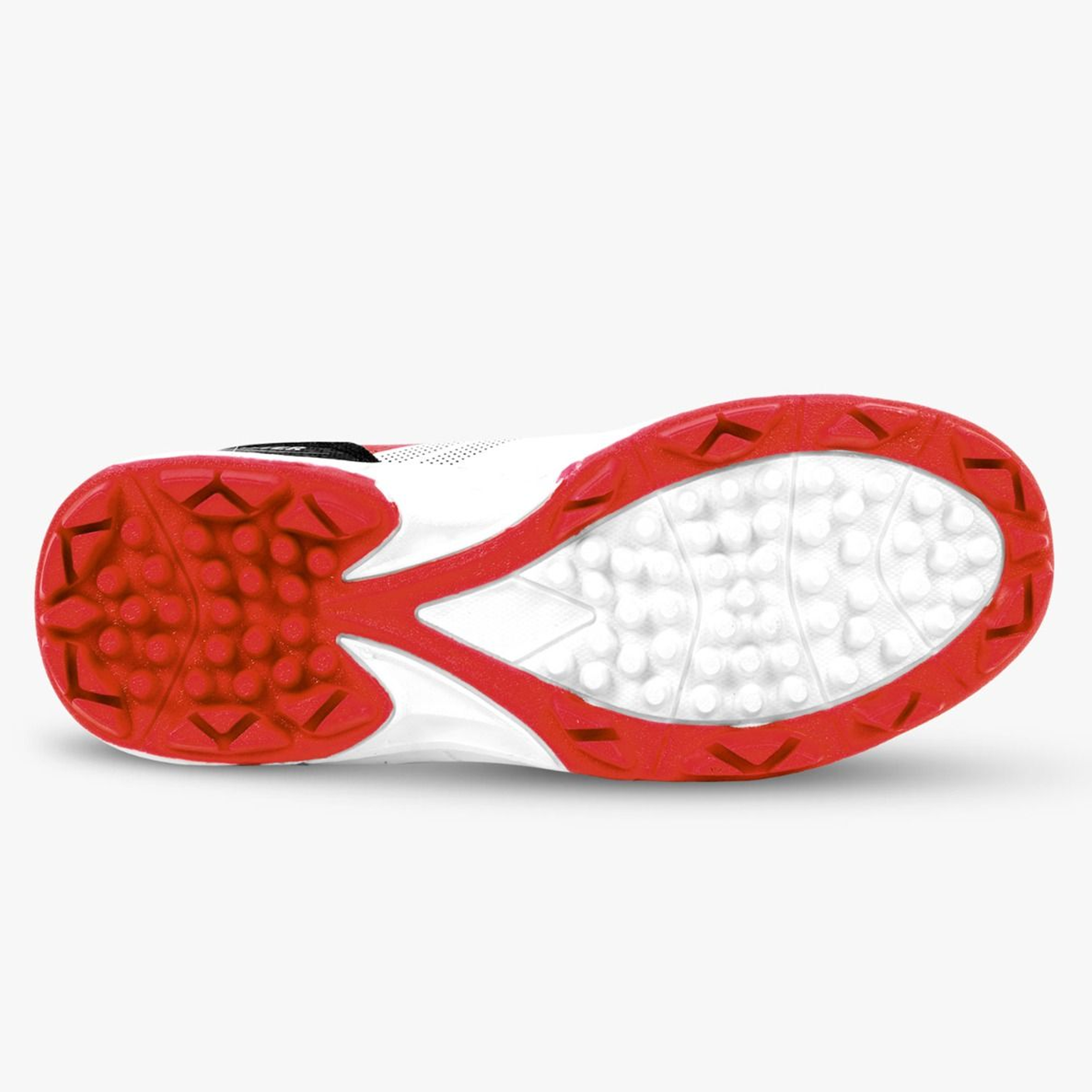


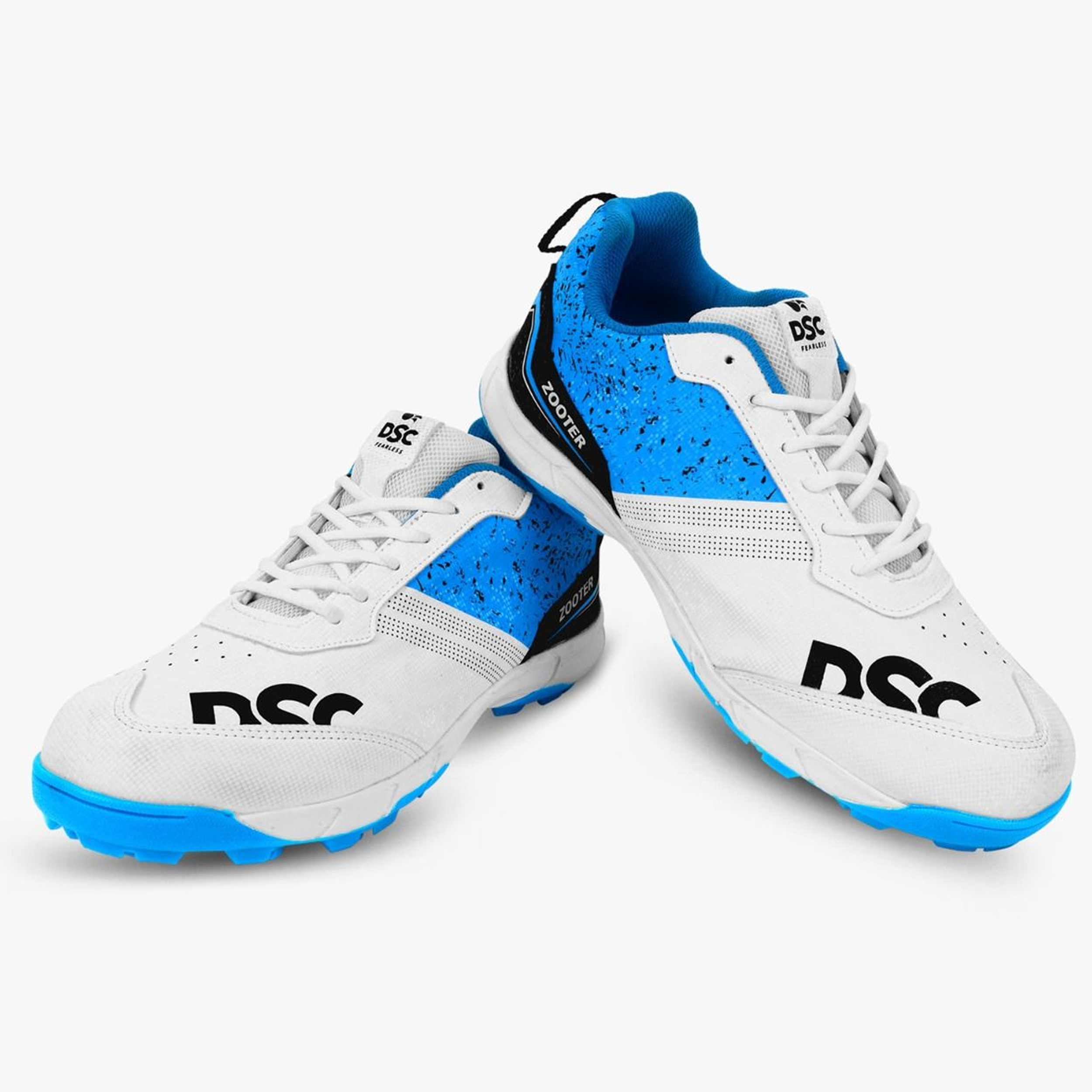
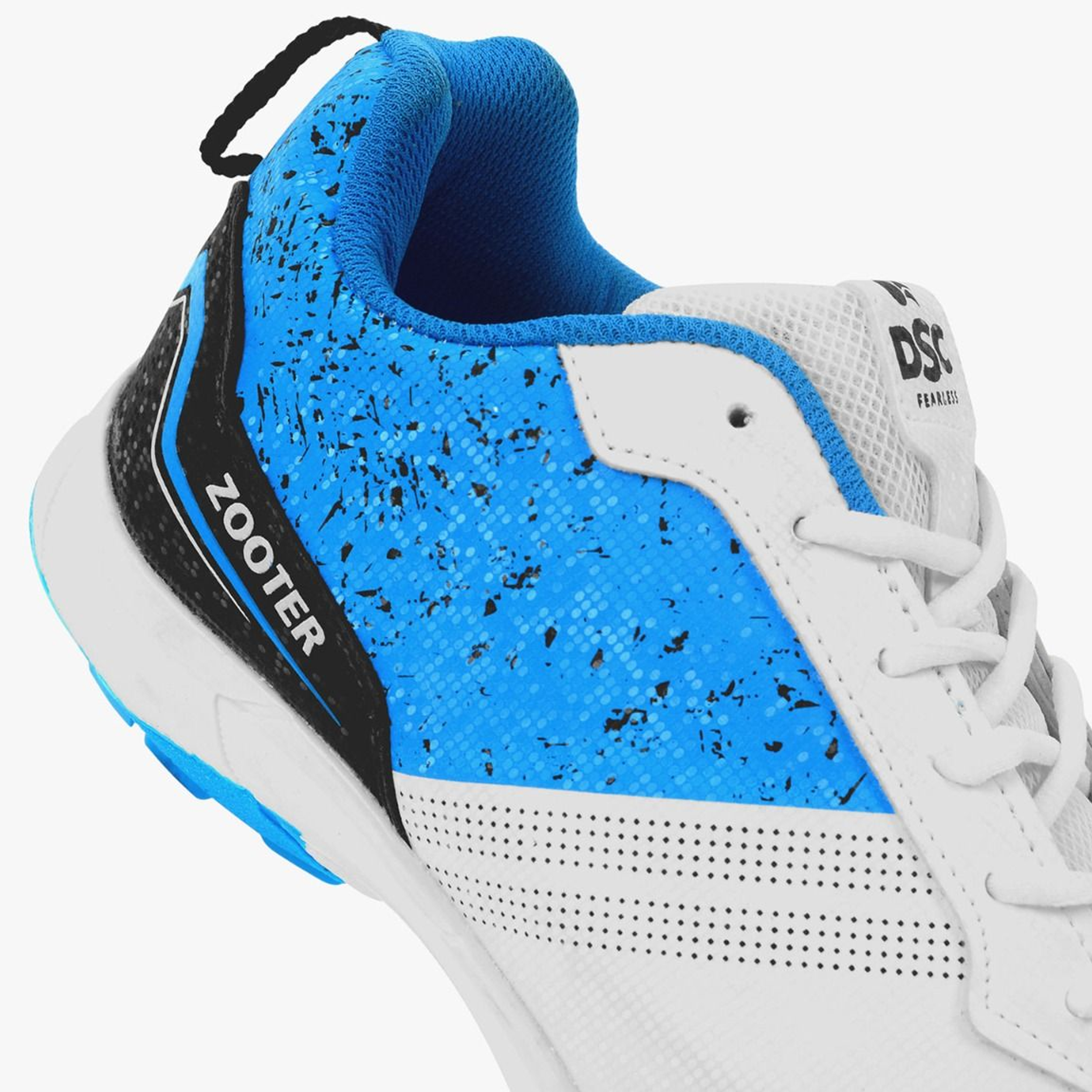
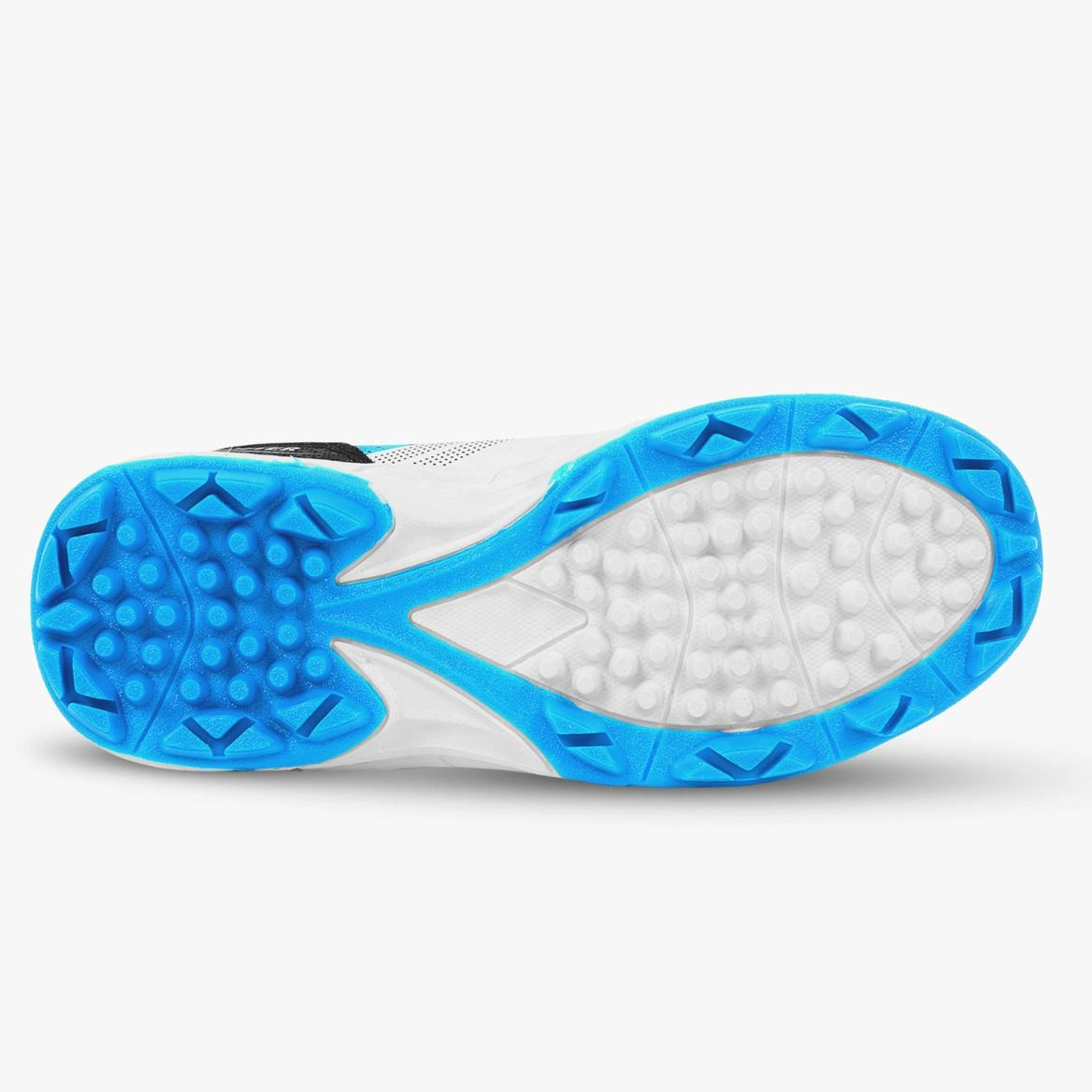

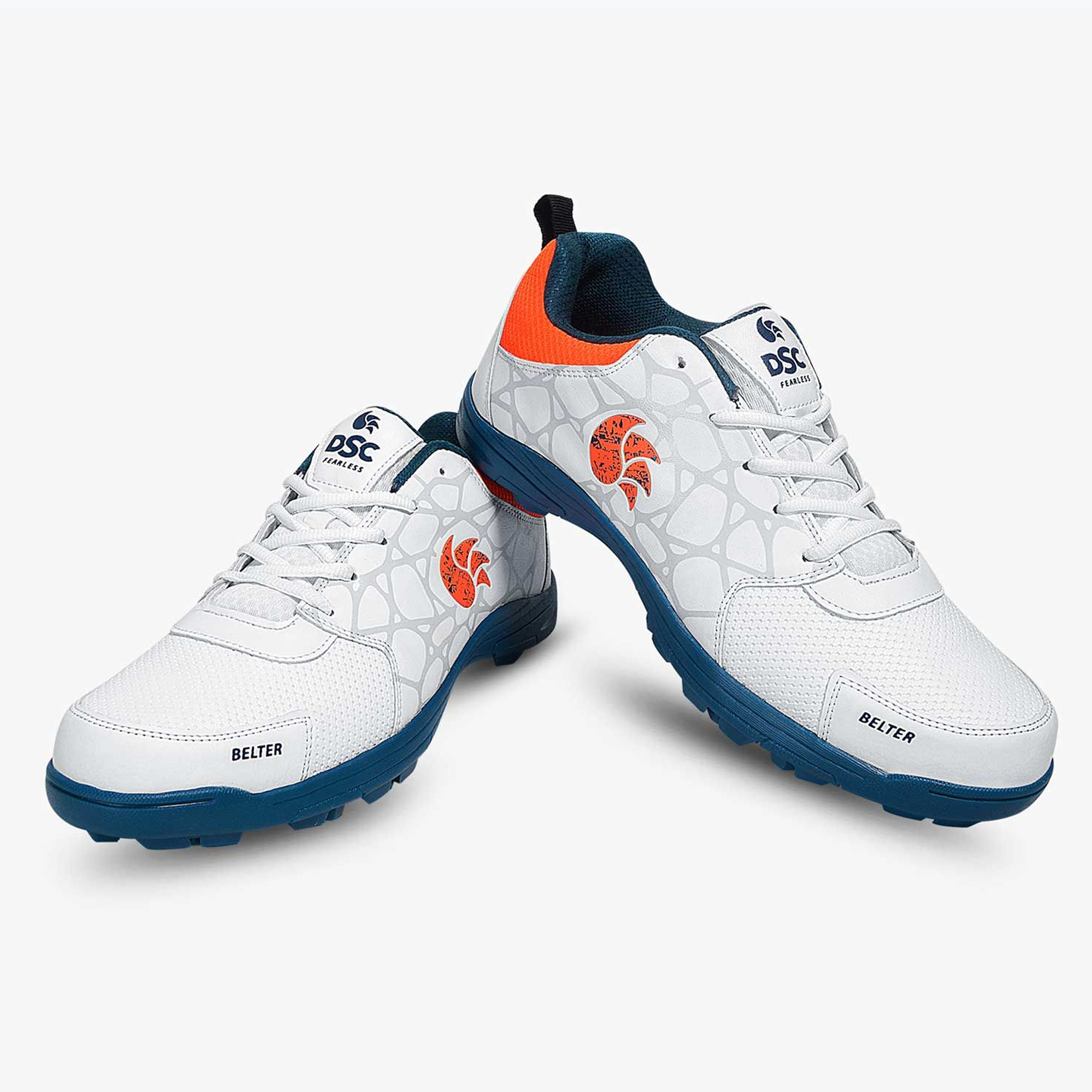


























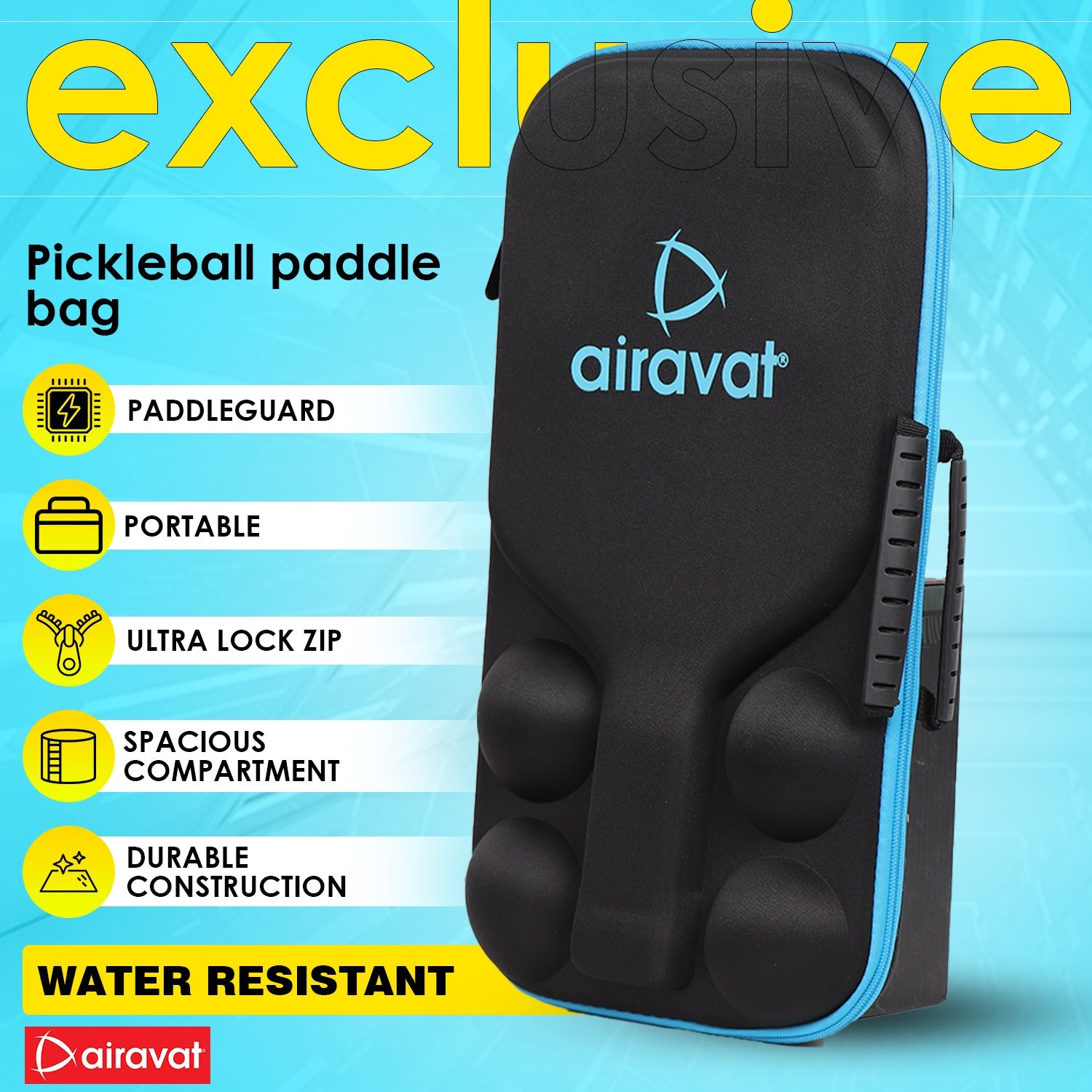























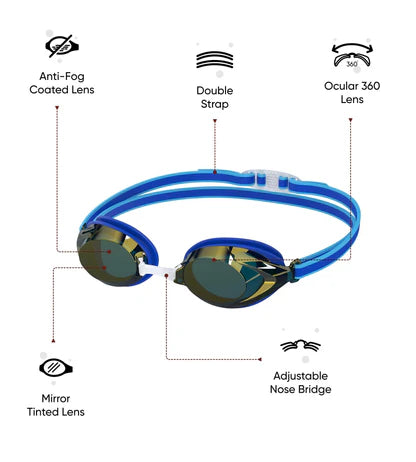

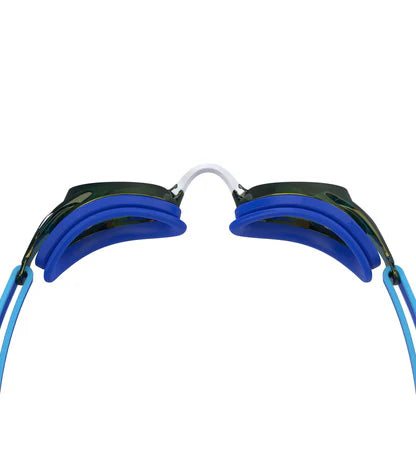

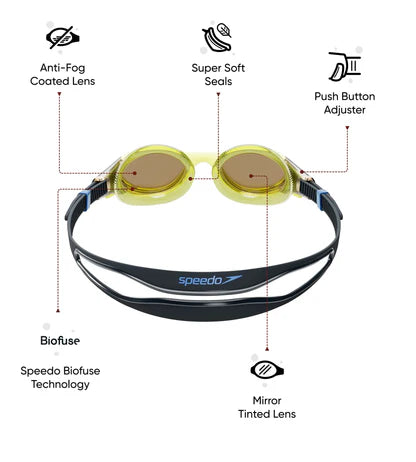



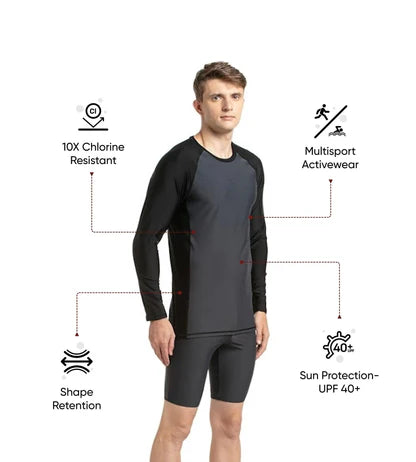













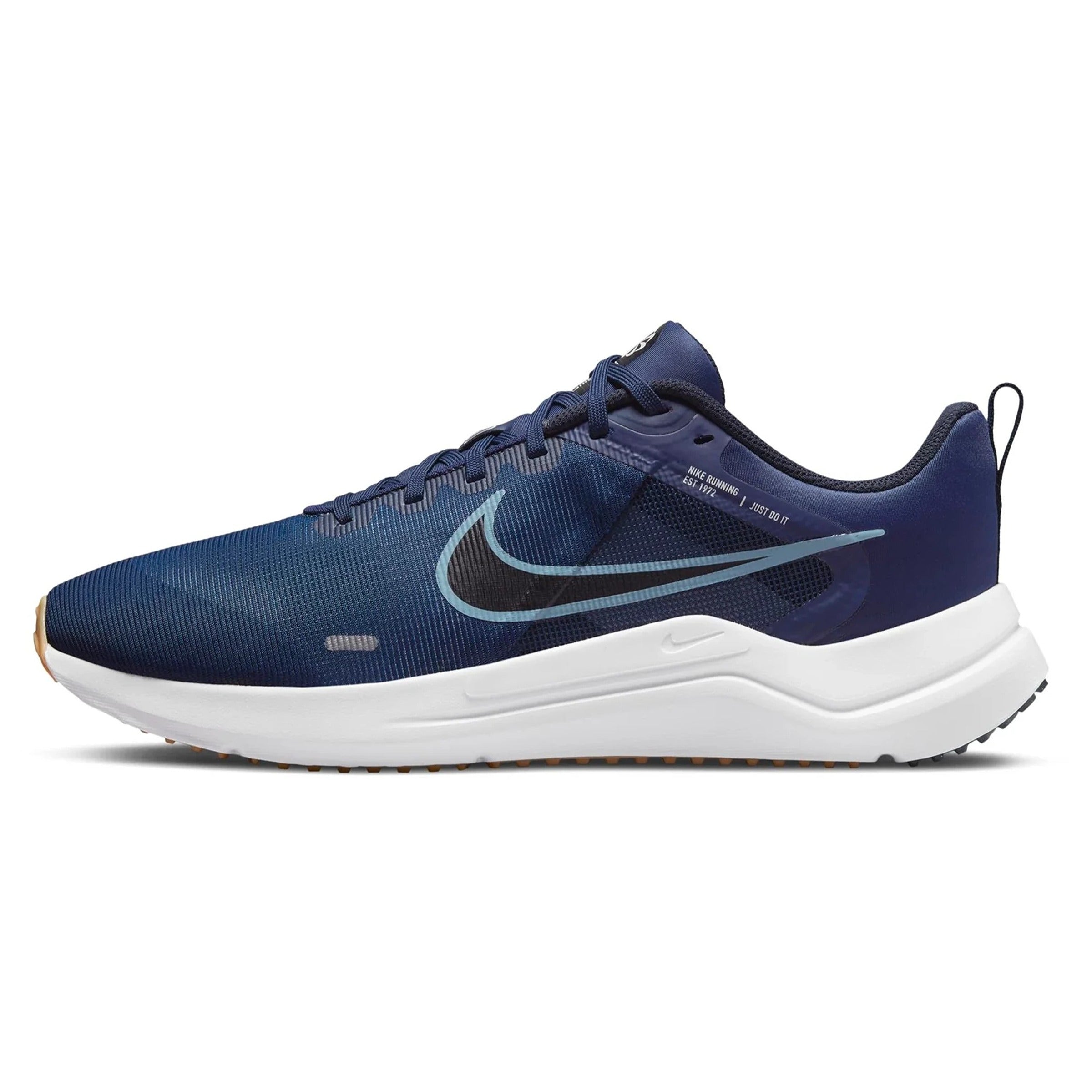


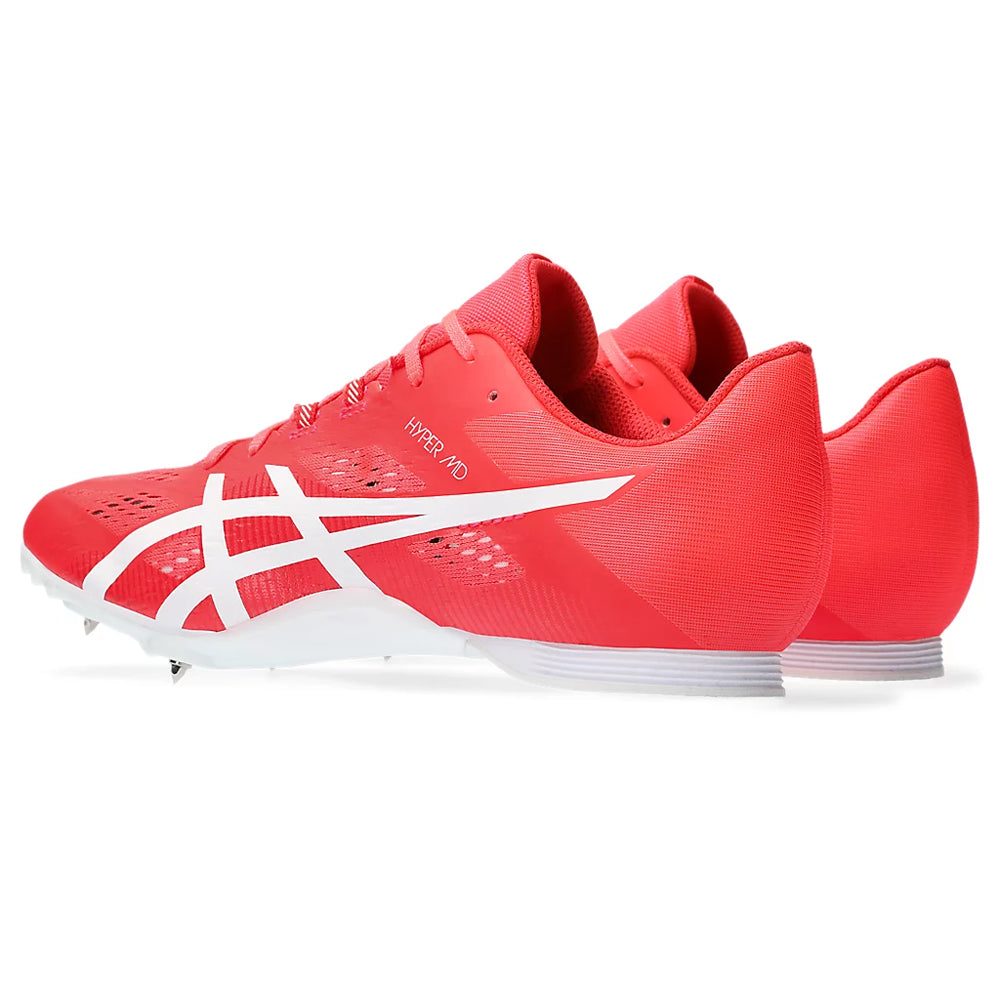










Share:
IPL 2025 Mid-Season Report: Who's Hot, Who's Not, and What's Next for Bengaluru's Team!
Top Badminton Rackets to Elevate Your Game in 2025